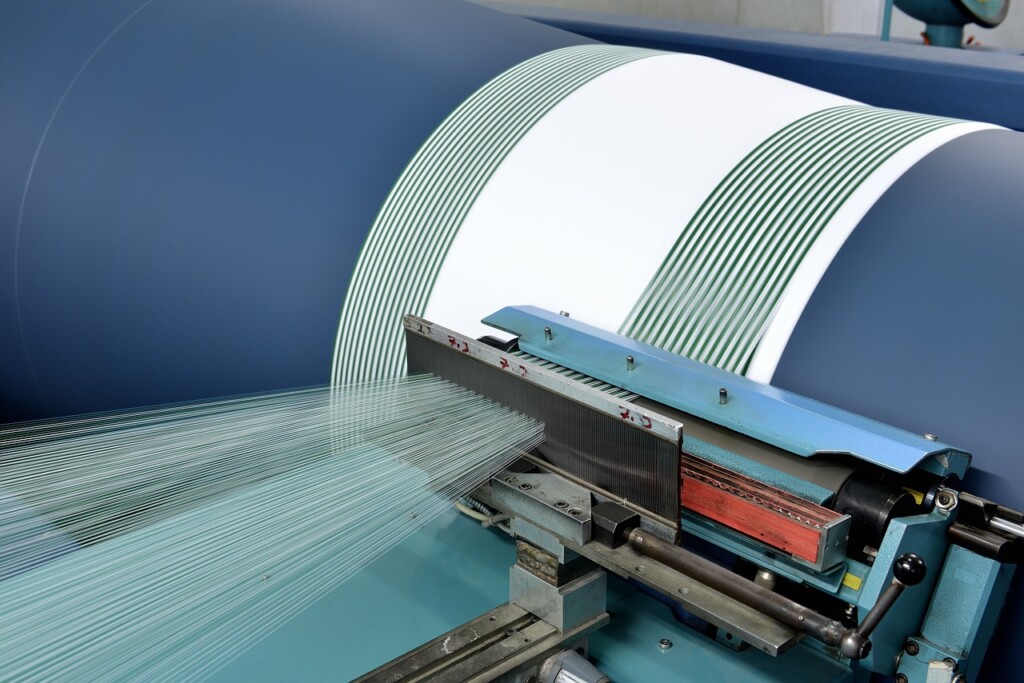Quality control of goods before shipment is vital to avoid supply chain issues, stock shortages, and increased final operating costs of import operations. One of the most frequent issues is missing parts of the shipment.
Our origin inspection service allows verification of the most important aspects of an import: finished product quality, compliance with specifications, and quantity verification.
Examining these areas in detail requires time and efficient verification methods that align with the resources contracted by the importer.
The origin inspection service we conduct at Bull Importer allows verification of crucial aspects in the import of goods: finished product quality, compliance with specifications, and quantity verification. Only in this way can we guarantee successful operations for our clients.
How are finished products verified?
Usually, quality control to verify the quantity of products involves counting the units in a proportional part of the boxes that make up the order. Then, the number of boxes in the shipment is counted in the storage area.
With a simple multiplication, the total number of units in the shipment is calculated. This method is quite precise and fits well with the timelines of the different import phases. However, it leaves a significant margin of error since it assumes that all boxes contain the same quantity as the sample ones.
For this reason, sometimes it may be convenient to perform more precise verifications, as we explain below.
1. Counting all units
This verification method involves counting each unit that is part of the shipment. It is the only 100% reliable method but not without complications, as it requires personnel, space, and time. Consequently, it has higher costs.
The procedure usually requires opening each box one by one, which will be examined by the inspector with the help of factory staff. Subsequently, the goods must be repacked, the boxes sealed, and placed back in storage.
2. Verification by units and weight
An alternative, reliable method that involves fewer resources is to count the number of units in one box and weigh it. With that data, you only need to weigh the closed boxes to check if they all match.
This method is much faster than the previous one as only one box needs to be opened. However, it requires space to move them from their storage location and the cooperation of factory personnel.
3. Volume checking
This method is quick but cannot be applied to all types of goods. It involves measuring the dimensions and thickness of one of the boxes and establishing its internal volume. Then, the volume of one unit of the product is determined. With both data, the number of units a box should contain is calculated. Finally, it is multiplied by the number of boxes to verify the total units.
However, this system is only reliable for products packaged in individual boxes, as it is the only way to ensure a constant volume in all boxes. In other cases (for example, if importing cushions or pillows), there can be significant differences in content since the boxes will contain varying amounts of air depending on how the items are packed.
In conclusion, the more sophisticated the quality control method of the goods, the less margin for error in the shipment. However, other factors must also be considered, such as the resources involved and the added cost this entails.
At Bull Importer we advise our clients to always choose a verified supplier from the start. This is the first step to avoid problems with the quantities of the delivered product. With a good supplier selection and a quality control system, we will achieve the highest possible guarantee of success in our import.




